5. Casualties of War (Brian De Palma, 1989)
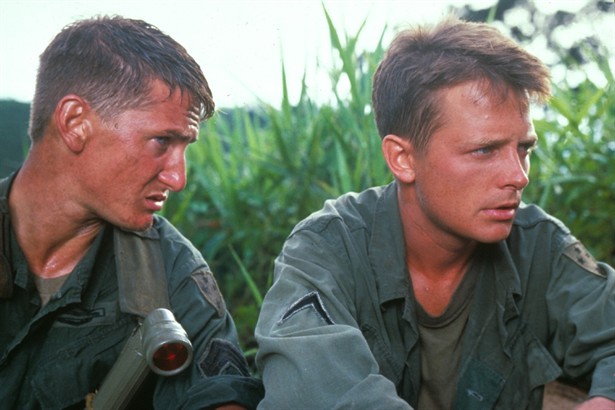
Brian De Palma was riding the warm reception high of “The Untouchables” when he decided to make “Casualties of War,” a film sure to be controversial for the way it depicted American soldiers unnecessarily kidnapping, raping, and killing a young Vietnamese girl in the middle of the war.
The resulting movie pitted an explosive Sean Penn against a understated Michael J. Fox as moral polar opposites, and left audiences stunned by the master filmmaker’s courage in not alleviating the horror of what these soldiers do, exposing the system and the circumstances that led them to it, but not letting them off the hook for their actions.
De Palma’s unflinching eye and Penn’s trainwreck of a performance (in the best way possible) make “Casualties of War” one of the most uncomfortable, necessary and unjustly forgotten war movies of all time.
Seen today, it shines a light into human rights abuses and unnecessary violence on battlefields all around the globe, while serving as a painful reminder and metaphor for the futility and corruption involved in the Vietnam War specifically. It’s a brutal film because it needs to be to prove its point. It should be watched.
4. Rescue Dawn (Werner Herzog, 2006)
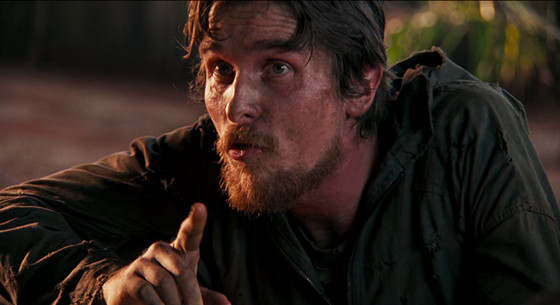
While Werner Herzog’s latest fictional offerings somewhat disappointed critics and audiences alike, in 2006 he showed he was still at the top of his game with “Rescue Dawn,” an unflinchingly brutal survival movie.
The story concerns German-American pilot Dieter Dengler (Christian Bale), whose plane crashes during the bombing of Laos in 1965. Captured and tortured by the Vietcong, Dengler united with fellow war prisoners, all consumed by the insanity of their captivity, to organize an escape. Add an astonishingly great turn from the unlikely MVP of the movie, Steve Zahn, and you have a great, surprising film on your hands.
Bale’s physical transformation is as impressive as always, and he hits all the right emotional notes, but Herzog’s movie really finds its strength on the way it explores the jungle scenery that the prisoners have to dwell in after their escape.
As they find that the wilderness is the real prison, and their deteriorating minds the real threat, “Rescue Dawn” subverts expectations and converts into a harrowing two-hour journey through the horrors of a war fought in the middle of nowhere, and the cruelty that it arises on ordinary men.
3. City of Life and Death (Chuan Lu, 2009)
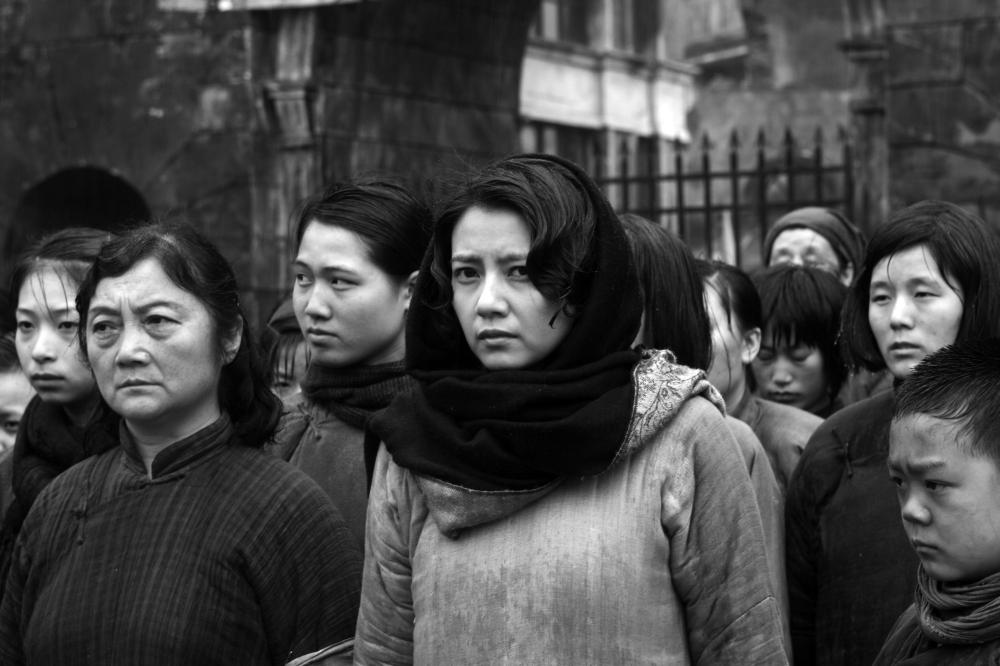
This black-and-white Chinese film shines a light on one of history’s most savage, and yet most forgotten war crimes: the 1937 invasion of Nanjing, then the Chinese capital city, by Imperial Japanese forces during the Second Sino-Japanese War.
As director Chuan Lu mounts an impressive cinematic achievement, “City of Life and Death” still feels like a film to be watched only once – Lu’s movie is not uplifting, but unforgiving. It’s the rare case of a director trading rawness for artfulness in a search for an even more impactful experience, and succeeding.
Another quality “City of Life and Death” has is thoroughness, as we experience the Nanjing massacre through many possible points of view. From a Chinese soldier to a schoolteacher, a Japanese soldier, a foreign missionary, and even historical figure John Rabe, a Nazi businessman who would ultimately save thousands of Chinese civilians.
This is clearly a story that the filmmaker needed to tell, and that almost always makes for a better movie than most. Clocking in at 132 minutes, “City of Life and Death” feels longer, interminable even, but it is designed to do so, putting the audience through the weeks of horrors those civilians and soldiers faced.
2. Lebanon (Samuel Maoz, 2009)
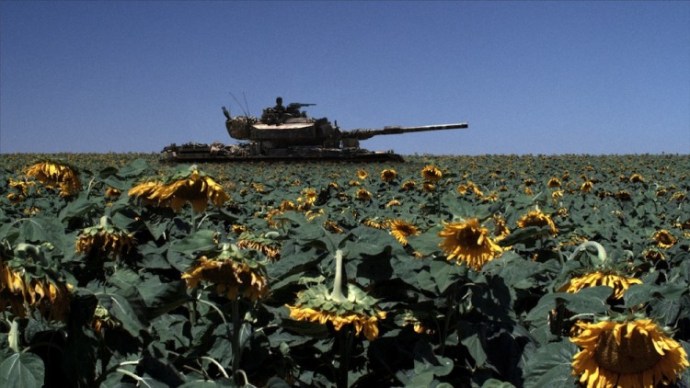
The extraordinary impact of “Lebanon,” Samuel Maoz’s 2009 filmmaking debut, only increases after we find out that most of its excruciating story of survival and the horrors of war is taken from his real experience in the First Lebanon War, during the 1980s. He was part of the tank and infantry platoon that we see here, dispatched to search a hostile town and slowly realizing this “routine” mission was going to turn into a nightmare. Because he was there, Maoz inarguably succeeds in transmitting the growing sense of dread and the ever-more extreme measures the soldiers take to save themselves.
With a cast of virtually unknown actors who deliver strong, high-tension performances, “Lebanon” is a 93-minute epic that never lets up. The stunning nature of its violence and the perfectly bleak atmosphere that Maoz impresses upon his film makes it one of the most essential, and lesser seen, war movies of the last decade. Leaving it out of the Foreign Language Film Oscar category in 2010 was one of the weirdest and most terrible decision that particular group of voters ever made.
1. The Missing Picture (Rithy Panh, 2013)
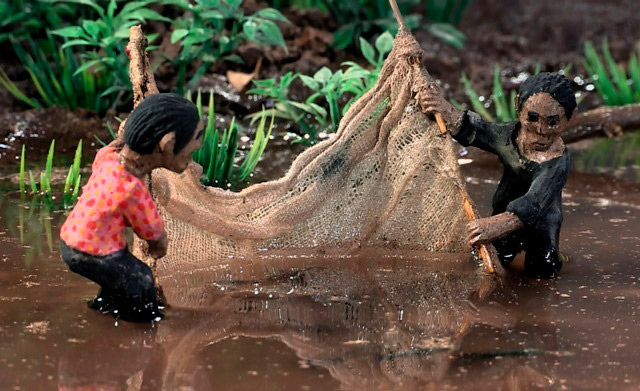
This Oscar-nominated documentary by veteran filmmaker Rithy Panh stunned critics and academic circles alike because of its unusual technical approach, blending clay figure animation, archival footage, and his own narration to showcase the horrors committed by the Cambodian Khmer Rouge regime in the 1970s.
It’s a deeply personal story by Panh, and the single most impactful portrayal of said genocide on cinema screens, beating celebrated films like “First They Killed My Father” and “The Killing Fields” through the sheer force of its ingenuity and authenticity.
Panh’s film is quite open emotionally, inviting the audience to share in the pain that the remembrance of all of those human rights abuses provokes on the moviemaker and the people he represents.
Visually arresting by the very virtue of its technique, “The Missing Picture” stays with the spectator longer than its surprisingly swift 92-minute runtime. The rare documentary to be selected for the Best Foreign Language Film Oscar, it examines the lasting consequences and the brutality of war in heart-wrenching ways that no other film has been quite as successful in doing.